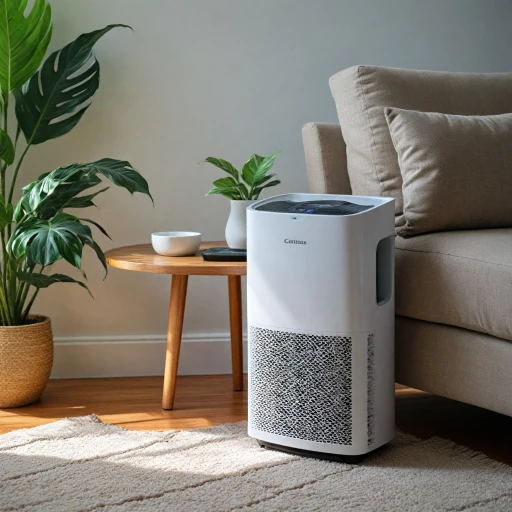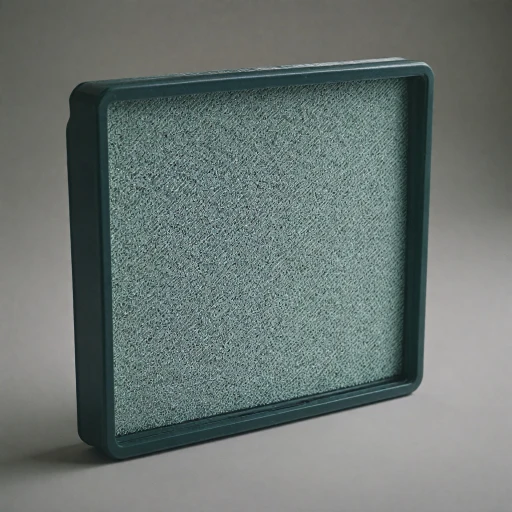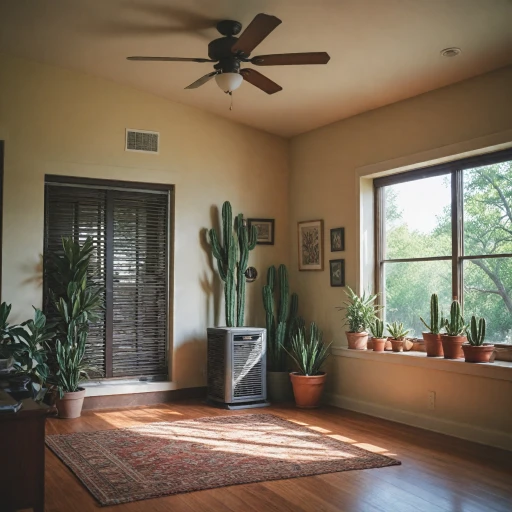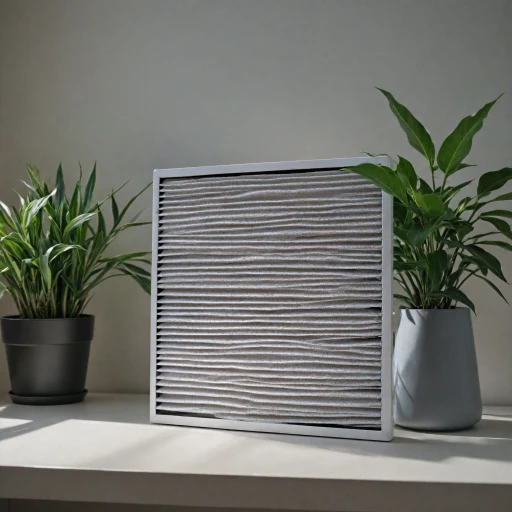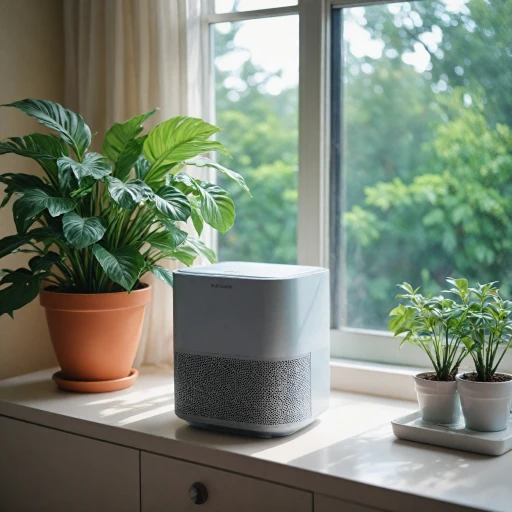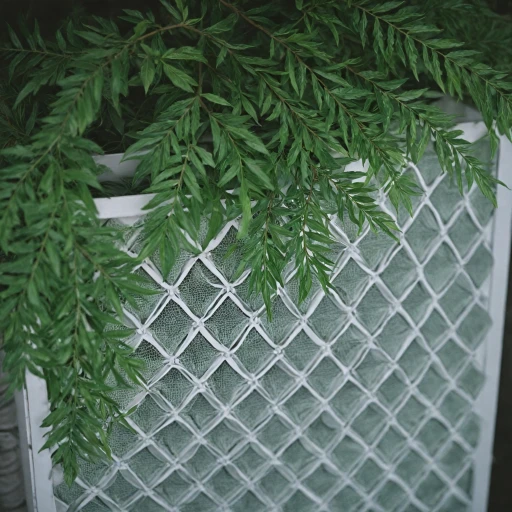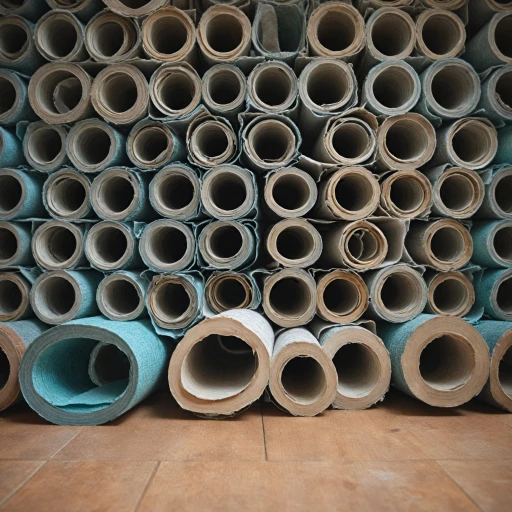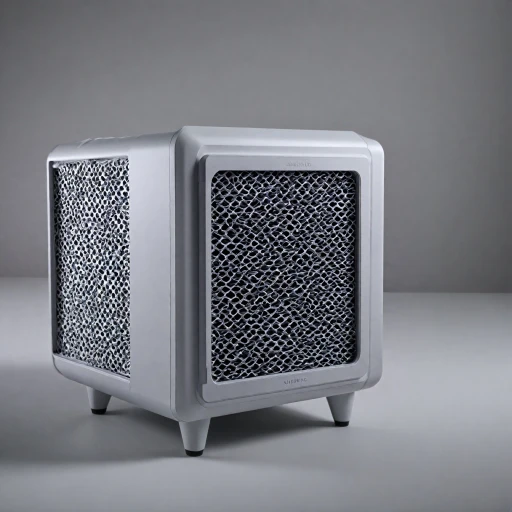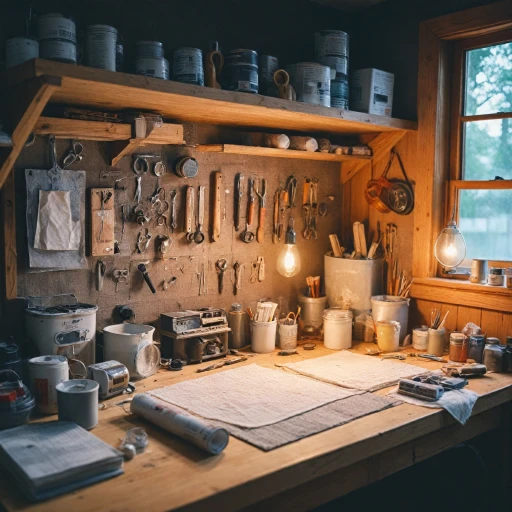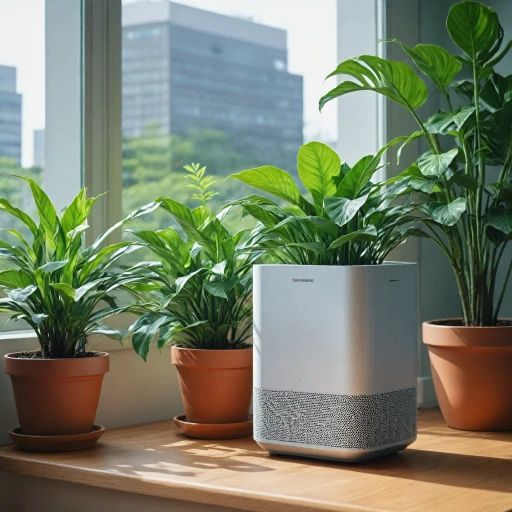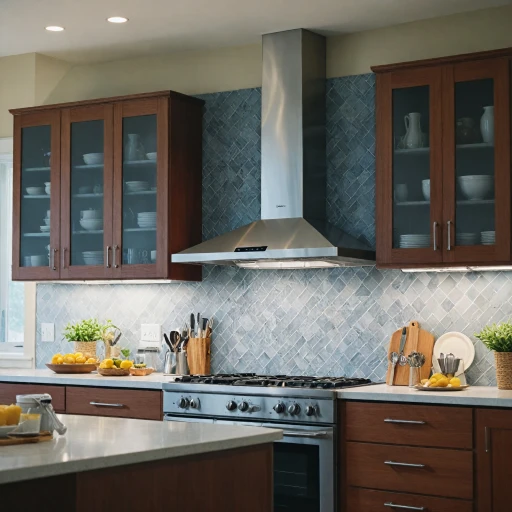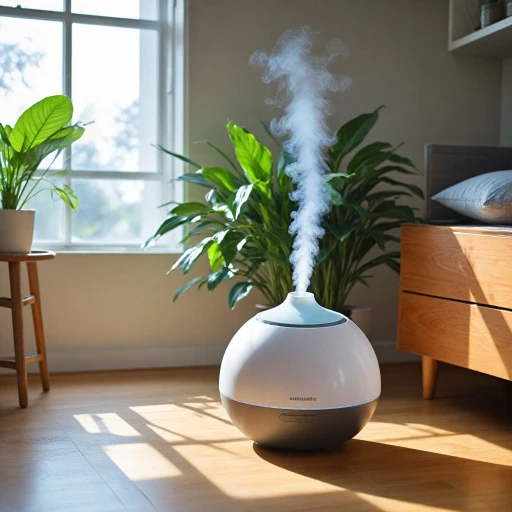
What is a 16x20x2 Air Filter?
Exploring the Dimensions of a 16x20x2 Air Filter
A 16x20x2 air filter is an integral component of heating, ventilation, and air conditioning (HVAC) systems, often used in homes and commercial spaces to maintain indoor air quality. Understanding the specific dimensions of this filter can be crucial for those seeking to improve airborne particle control in their environment. With a measurement of 16 inches by 20 inches, and a thickness of 2 inches, this particular air filter is designed with a set standard size that fits snugly into a variety of HVAC systems such as air conditioning and furnace air units.
The size is not the only important factor; the filtration capability of the filter plays a vital role in determining its efficiency. The MERV (Minimum Efficiency Reporting Value) rating helps in gauging the efficiency of air filters. Higher MERV ratings indicate a stronger capacity for trapping small particles like mold spores, pollen, pet dander, and even dust mites. Depending on your needs, the rating system can significantly influence your decision.
When selecting a 16x20x2 air filter, it's crucial to consider its ability to enhance indoor air quality. Whether combating allergens such as pet dander or dealing with everyday dust, a proper furnace air filter can improve health and experience. Moreover, always check if there’s a need for frequent change based on the MERV rating provided by the depot or manufacturer.
Stay informed about the standard capacity of pleated MERV filters to ensure your HVAC system runs efficiently without exerting extra energy unnecessarily. This can have a tangible impact on both economic aspects and environmental sustainability.
How Does a 16x20x2 Air Filter Improve Air Quality?
Enhancing Indoor Air Quality with Effective Filtration
A 16x20x2 air filter plays a crucial role in improving indoor air quality by capturing a variety of airborne particles. These filters are designed to trap dust, pollen, pet dander, and even mold spores, ensuring that the air circulating through your HVAC system is clean and healthy. The effectiveness of these filters is often measured by their MERV rating, which stands for Minimum Efficiency Reporting Value. This rating system helps determine the filter's ability to capture particles of different sizes.
Understanding MERV Ratings and Their Impact
The MERV rating of a filter can range from 1 to 20, with higher numbers indicating a greater capacity to capture smaller particles. For most residential applications, a MERV rating between 8 and 13 is recommended. This range effectively balances filtration efficiency and energy consumption, ensuring that your furnace air and air conditioning systems operate efficiently without unnecessary strain.
Benefits of Using a 16x20x2 Air Filter
- Improved Air Quality: By capturing a wide range of airborne particles, these filters help reduce allergens and irritants, leading to cleaner indoor air.
- Protection for HVAC Systems: Effective filtration prevents dust and debris from accumulating in your air conditioning and furnace systems, prolonging their lifespan and maintaining optimal performance.
- Energy Efficiency: A clean filter ensures that your HVAC system does not have to work harder than necessary, which can lead to energy savings over time.
For more insights on how different types of filters contribute to air purification, you can explore the role of filter media rolls in air purifiers.
Choosing the Right 16x20x2 Air Filter for Your Needs
Selection Criteria for Optimal Performance
When choosing the right 16x20x2 air filter for your needs, it's essential to consider several factors that affect air quality in your home. The efficiency of an air filter is often determined by its ability to remove airborne particles such as dust, pollen, and pet dander, ensuring clean indoor air in the most energy-efficient way.
The MERV rating (Minimum Efficiency Reporting Value) is a crucial aspect to evaluate. This rating system measures a filter's ability to capture larger particles between 0.3 and 10 microns. The higher the MERV rating, the better the filtration, but it's important to balance efficiency with the capabilities of your furnace air or air conditioning system. Filters with higher MERV ratings can restrict airflow if your system isn't designed to handle them.
- MERV Rating: Choose based on the standard capacity of your HVAC system. Ensure it can handle the resistance level of the filter.
- MPR: This is another measure similar to MERV, often used by specific brands. It focuses on capturing micro-particles like pollen pet dander and mites mold spores.
- FPR: Also known as the rating fpr, it offers a consumer-friendly scale from 1 to 10, aligning closely with MERV.
It's equally essential to consider if pleated filters, such as pleated merv options, are ideal for capturing additional airborne particles and pollutants. These types of filters usually offer more extensive filtration capacity merv because their surface area is much larger.
Furthermore, you might want to address specific air quality concerns, like filtering out mold spores and other contaminants that can impact indoor air health. For instance, our detailed guide on VOC filters illustrates how specialized filters can tackle specific indoor pollutants.
Installation and Maintenance Tips for 16x20x2 Air Filters
Proper Installation for Optimal Performance
Installing your 16x20x2 air filter correctly is crucial for maintaining the efficiency of your air conditioning and furnace systems. Ensure the filter fits snugly within the designated slot, as gaps can allow unfiltered air to bypass the filter, reducing its effectiveness. Pay attention to the arrows on the filter frame, which indicate the direction of airflow. This ensures that the filter is positioned correctly to trap airborne particles like dust, pollen, and pet dander.
Regular Maintenance to Sustain Air Quality
Regular maintenance of your air filter is essential to sustain indoor air quality and the efficiency of your HVAC system. Check the filter every month, especially during peak usage seasons, and replace it when it appears dirty or clogged. A clean filter helps in maintaining a high MERV rating, ensuring that the filtration system effectively captures mold spores, mites, and other pollutants.
Understanding Filter Ratings and Replacement Frequency
The MERV rating system helps you understand the filter's capacity to capture airborne particles. A higher MERV rating indicates better filtration but may also require more frequent changes to prevent strain on your HVAC unit. Consider the standard capacity and your specific needs, such as dealing with allergies or pet dander, when choosing a filter. Typically, a filter should be replaced every 1-3 months, but this can vary based on the filter's MPR and FPR ratings.
Energy Efficiency and Cost Savings
Maintaining a clean air filter not only improves air quality but also enhances energy efficiency. A clogged filter forces your HVAC system to work harder, increasing energy consumption and costs. By regularly changing your filter, you can ensure that your system operates smoothly, saving on energy bills and prolonging the life of your furnace air and air conditioning systems.
Common Challenges and Solutions with 16x20x2 Air Filters
Managing Common Issues with 16x20x2 Air Filters
When you invest in 16x20x2 air filters, ensuring optimal performance is key to maintaining good indoor air quality. Nevertheless, some common challenges may surface. Here's how to tackle them effectively:- Reduced Airflow: Over time, your air filter may accumulate dust and debris, leading to reduced airflow. Check the filter's MERV rating – a higher rating indicates more efficient filtration but may impact airflow if your system cannot handle it. Cleaning or replacing the filter regularly can alleviate this issue.
- Increased Energy Consumption: A clogged air filter can cause your heating or cooling systems to work harder, boosting energy usage. Regular filter changes can help maintain the energy efficiency of your air conditioning and furnace units.
- Noise from Air Conditioning or Heating Systems: If there's unusual noise from your systems, it might suggest your air filter is due for a change. Pleated MERV filters can help minimize dust and airborne particles, keeping your units running smoothly without excess noise.
- Mold and Mildew Growth: Particularly in damp conditions, mold spores can take hold. Consider using filters with a high MERV rating capable of trapping mold spores and maintaining a clean environment.
- Air Quality Maintenance: For those dealing with pollen pet, dust mites mold, or pet dander, using 16x20x2 air filters with a suitable MPR or FPR rating system ensures improved indoor air quality.
Cost Considerations and Where to Buy 16x20x2 Air Filters
Budgeting for Your Air Filter Needs
Acquiring the right 16x20x2 air filter involves more than just picking the first option you see. It's essential to weigh your priorities regarding air quality, cost, and long-term savings. Here’s what you need to know about the financial aspects:- Initial Purchase Cost: The price of a 16x20x2 air filter can vary significantly depending on its MERV rating. Higher MERV-ratings usually mean a higher upfront cost due to their superior ability to trap smaller airborne particles like pollen, dust, and mold spores.
- Energy Efficiency: Choosing a filter with a higher filtration capacity can impact your indoor air conditioning and furnace system efficiency. While more effective filters may reduce energy consumption in the long run, balancing the filtration level with system performance is crucial to avoid increasing energy use inadvertently.
- Maintenance and Replacement: Regularly changing furnace air filters is vital. Depending on the environment—such as a home with pets or high dust levels—a filter may need changing anywhere from every one to three months. Staying on top of this schedule helps maintain indoor air quality and prevents higher costs associated with repairing systems clogged by neglect.
- Bulk Purchase Savings: Consider buying filters in bulk. This strategy often leads to price discounts and ensures you always have a replacement on hand, reducing unexpected costs or emergencies. For more detailed insights on this approach, you can learn about the benefits of buying air filters in bulk.
- Where to Buy: You can find 16x20x2 air filters at major depots or online retailers. Comparing prices and reading customer reviews can guide you to a product that combines quality with affordability.

